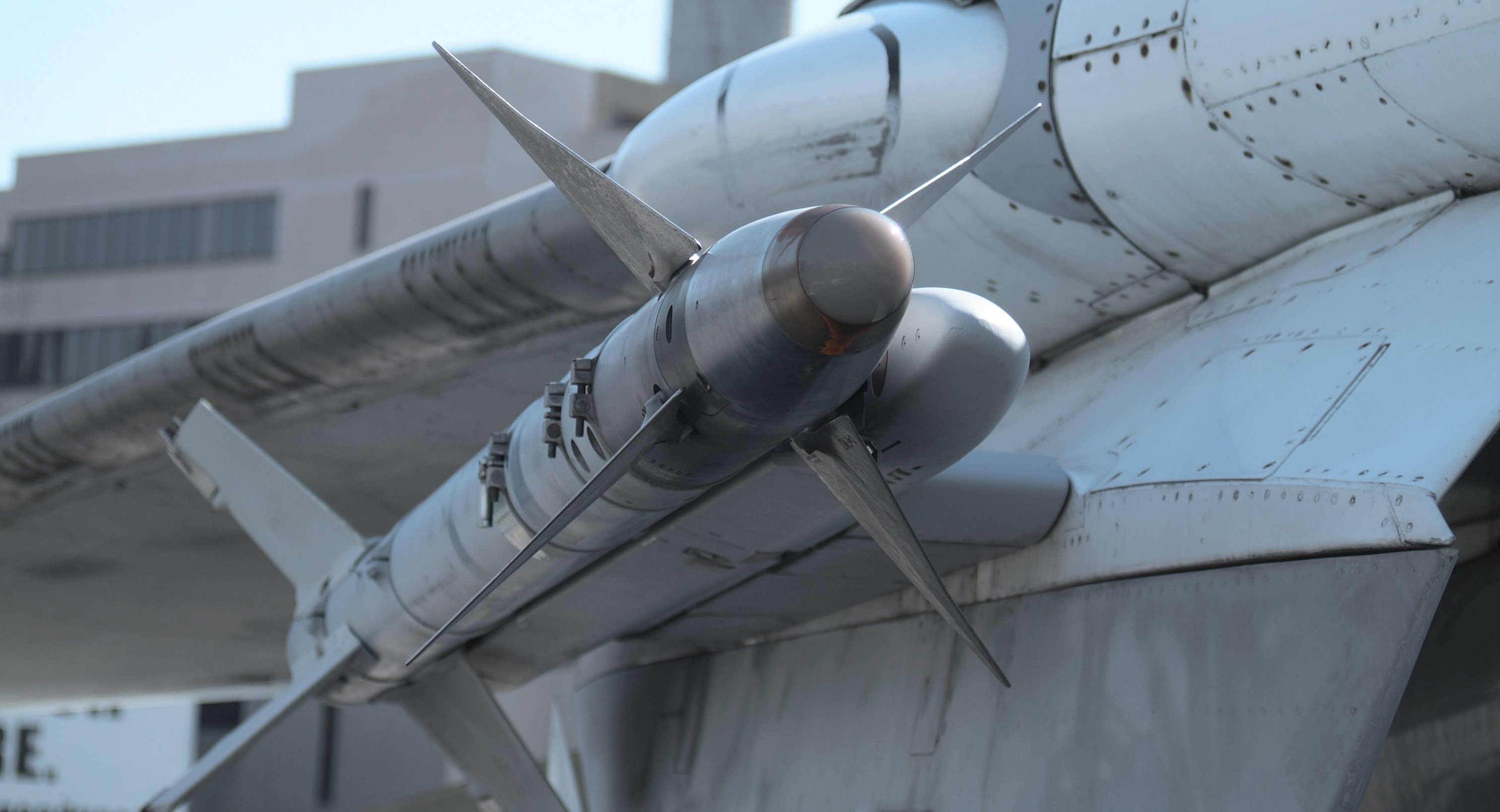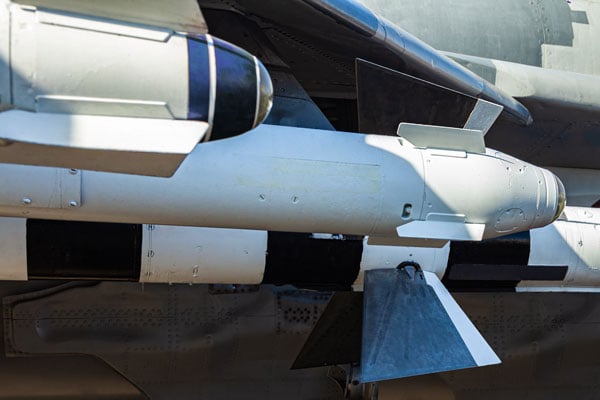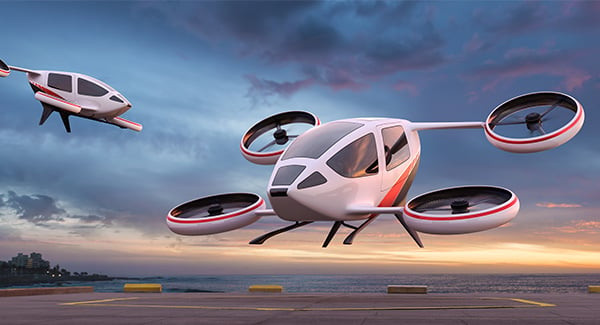
The use of explosion proof motors is essential for the safety of your personnel and equipment when operating in a hazardous location. Explosion proof motors are designed for use in hazardous environments where flammable gases, dust, or fibers are present. Electric motors generate heat under normal operating conditions and have the potential to generate a spark if a motor coil fails. Excessive motor case temperatures or a spark that is not properly contained can cause an explosion or ignite a fire in environments where specific hazardous materials are present.
What environments do explosion proof motors help in?
Motors in a Class I environment (UL designation), where flammable gases, vapors or liquids are present, are designed to prevent an internal spark or flame from escaping the motor into the hazardous environment. They are also designed so the motor case temperature does not exceed safe temperatures for environments where gases, vapors or liquids are present.
Motors in a Class II or Class III environment (UL designation), where certain dust or fibers are present, are designed so the motor case temperature does not exceed safe temperatures for combustible dust and fiber environments. While simply operating the motor at a lower current rating reduces the heat it produces, other failsafe methods to limit an excessive motor case temperature condition include thermostats that disengage the motor power before it reaches critical temperatures
Additional techniques are used for other devices operating in these environments, some of which can also be used on motors, which include purging or pressurization, additional explosion proof enclosures, encapsulation, or even liquid filled designs. Regardless of the technique used, the goal is to prevent the motor from igniting a flammable source under normal operating conditions or in the event of motor failure.















